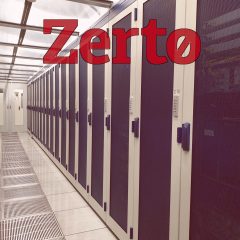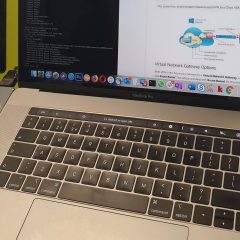Zerto Hyper-V to VMware
Zerto Hyper-V to VMware KB ID 0001805 Problem I’ve known this was possible for a while, I tried to set it up a while ago, but had a nightmare installing SCVMM so I threw my toys out of the pram and did something else. After a chat with a colleague the other week we have client who needs to do this (we are migrating them from Hyper-V into VMware). So I thought I’d revisit the subject, and this time everything went...
Exchange 2000 / 2003 – Exporting Mail to .pst files with ExMerge
KB ID 0000091 Problem ExMerge has been around for a long time, its used (as the name implies) to merge pst files into existing mailbox’s. However its also a great tool to export/backup users mail box’s if you’re doing a migration, or if you have got your “Disaster Recovery” hat on. The following is a run through of how to export from a mail store to pst files – Note on a live system this can take...
Migrate From Server 2012 to Server 2019 Domain Controllers
Server 2012 DC to Server 2019 DC KB ID 0001731 Problem I get asked about this quite a lot. In the past most of the queries were about moving from Server 2008 to Server 2019, if that’s what you are after then simply go here. This article is purely for the introduction of, and migration to Windows Server 2019 Domain Controllers. And it assumes your current domain controllers are Windows server 2012 (or 2012 R2). Adding a Server...
Duo: Migrate from LDAP to LDAPS
KB ID 0001647 Problem With the impending ‘turning off’ of cleartext LDAP queries to Windows Server, I wanted to make sure my new Duo deployments were already using LDAPS. I got LDAP deployed very quickly and easily, but making the ‘swap’ to LDAPS proved to be massively problematic. Normally I find Duo a pleasure to deploy, but their technical documentation just confused me for this and I went running up some...
Microsoft Edge (macOS) Migrate Bookmarks from Safari
KB ID 0001641 Problem So now theres a version of Microsoft Edge for macOS! Normally I would not bother, but I spend a lot of time in SharePoint and Azure so I thought, rather than my usual approach of playing ‘Browser Roulette’ I’d try Microsoft Edge and see what it was like. My usual browser of choice is Safari, but the install wizard defaults to wanting to import bookmarks / favourites* from Chrome. (I do also have...




